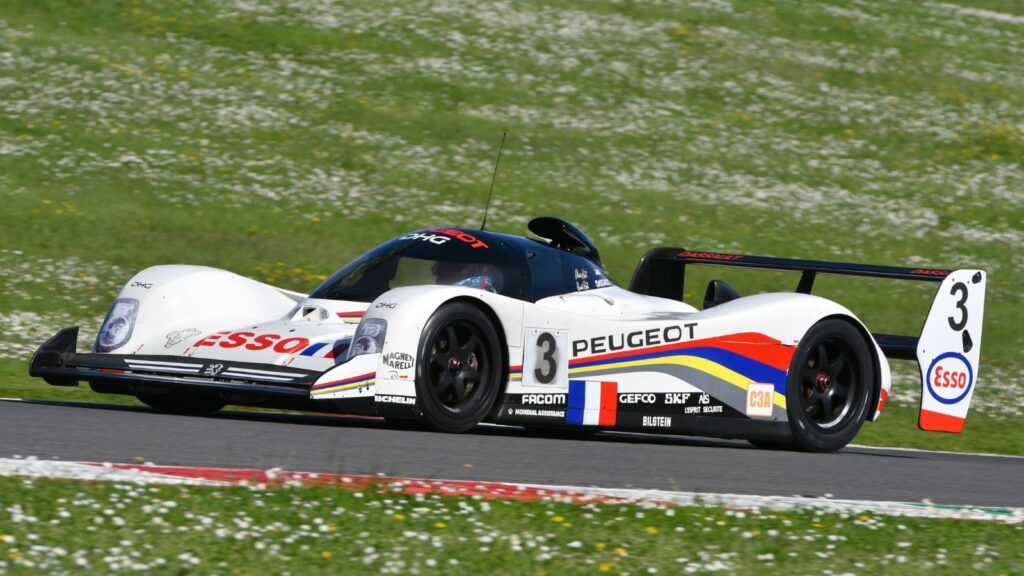Motorsports are characterized by speed and fierce performances that keep the audience at the edge. While every motorsport race is competitive and fun, some chilling moments have created history for the wrong reasons. Here are the 8 most shocking moments in motorsport.
Ayrton Senna’s Death
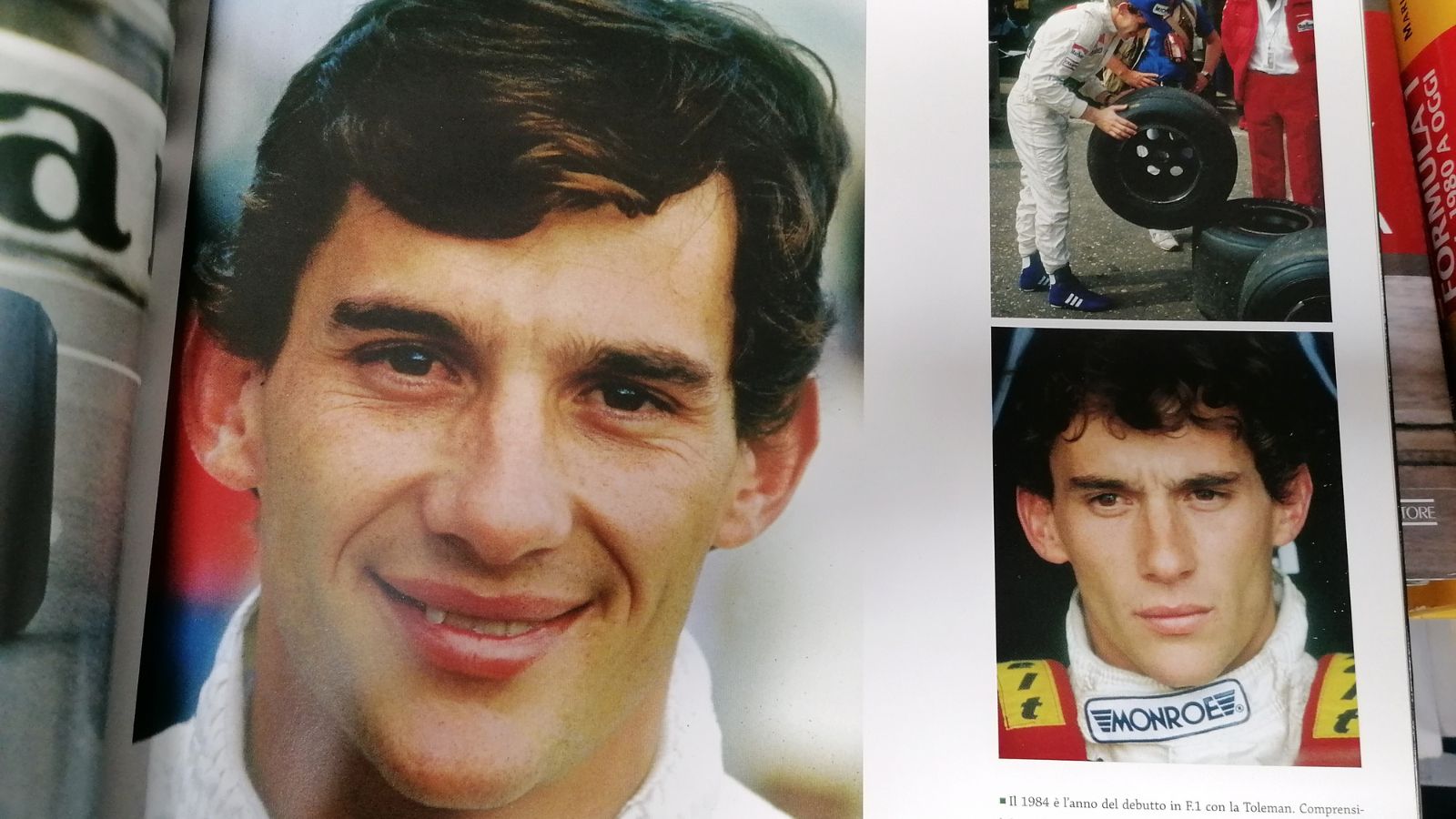
One of the darkest moments in motorsport history was the demise of Ayrton Senna during the 1994 San Marino Grand Prix. It was on the 7th lap of the race when Senna lost control of his vehicle, accelerating at 190 mph, and collided with a concrete wall at the Tamburello corner. While medical assistance was provided as quickly as possible to the Brazilian driver, he could not survive. This incident tremendously affected F1 in many ways, enhancing the design of the cockpits and crash barriers.
Gilles Villeneuve’s Accident
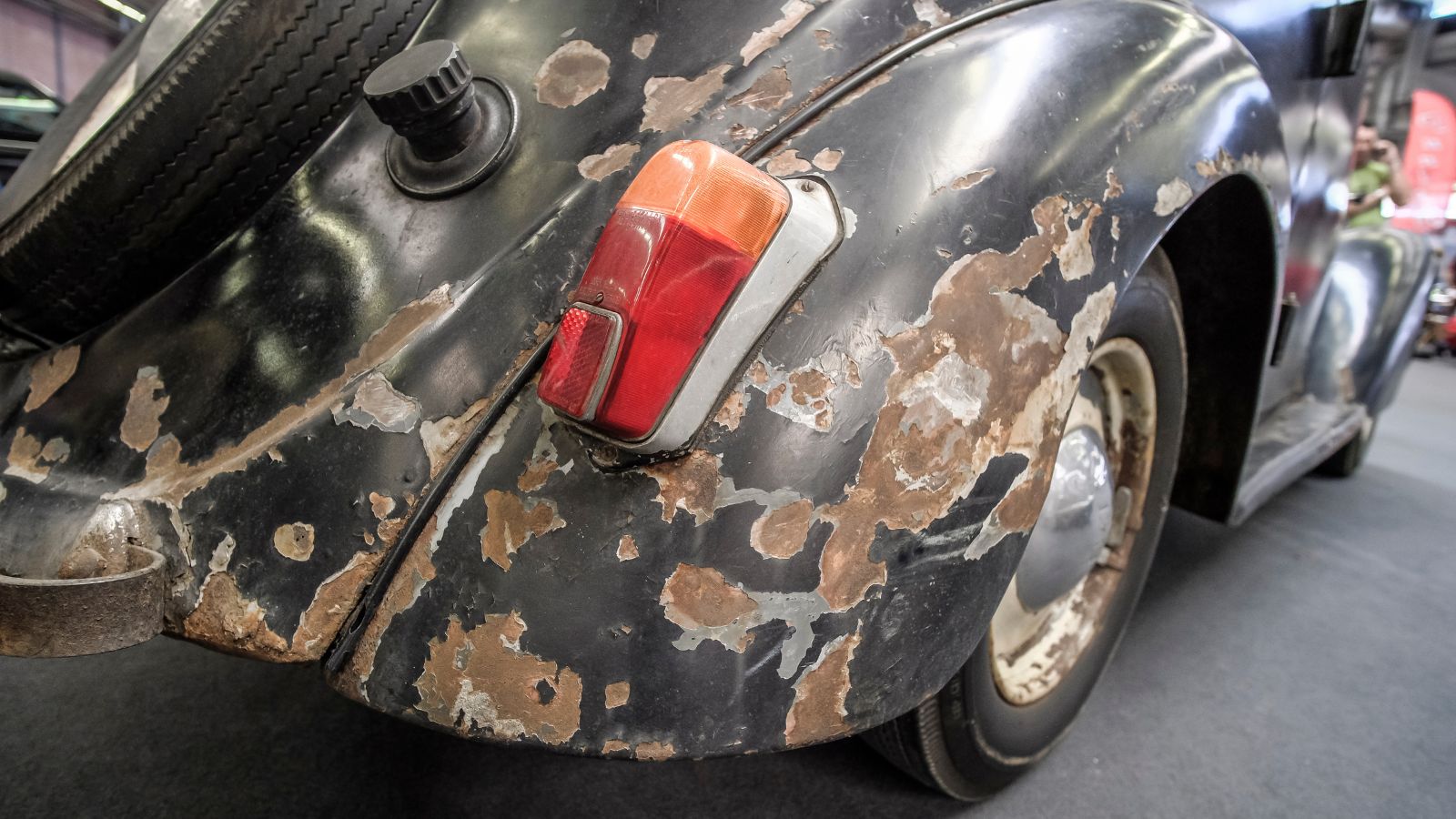
During the 1982 Belgian Grand Prix qualifying session, Gilles Villeneuve crashed into Jochen Mass at 140 mph. Due to the tremendous impact, his vehicle went off in the air, broke into pieces, but ejected the driver out of his seat belt. Villeneuve survived but suffered from severe trauma, marking one of the most shocking moments in motorsport history. Everyone was afraid of Villeneuve’s bold and effective overtaking maneuvers alongside raising questions on track protocol.
Niki Lauda’s critical crash

In 1976, at the Nürburgring Nordschleife, Niki Lauda’s Ferrari went off track, hit an embankment, and caught fire. Lauda found himself inside the wreckage with his burned nose and lungs. On that fateful day, fellow drivers Arturo Merzario and Brett Lunger risked their own lives to rescue him from the flames. Despite the odds, it took him only six weeks before he mounted an unprecedented return to racing bandaged and in pain and finished fourth in the Italian Grand Prix. His return is regarded as one of the greatest moments in the history of motorsport racing.
Le Mans 1955 Disaster
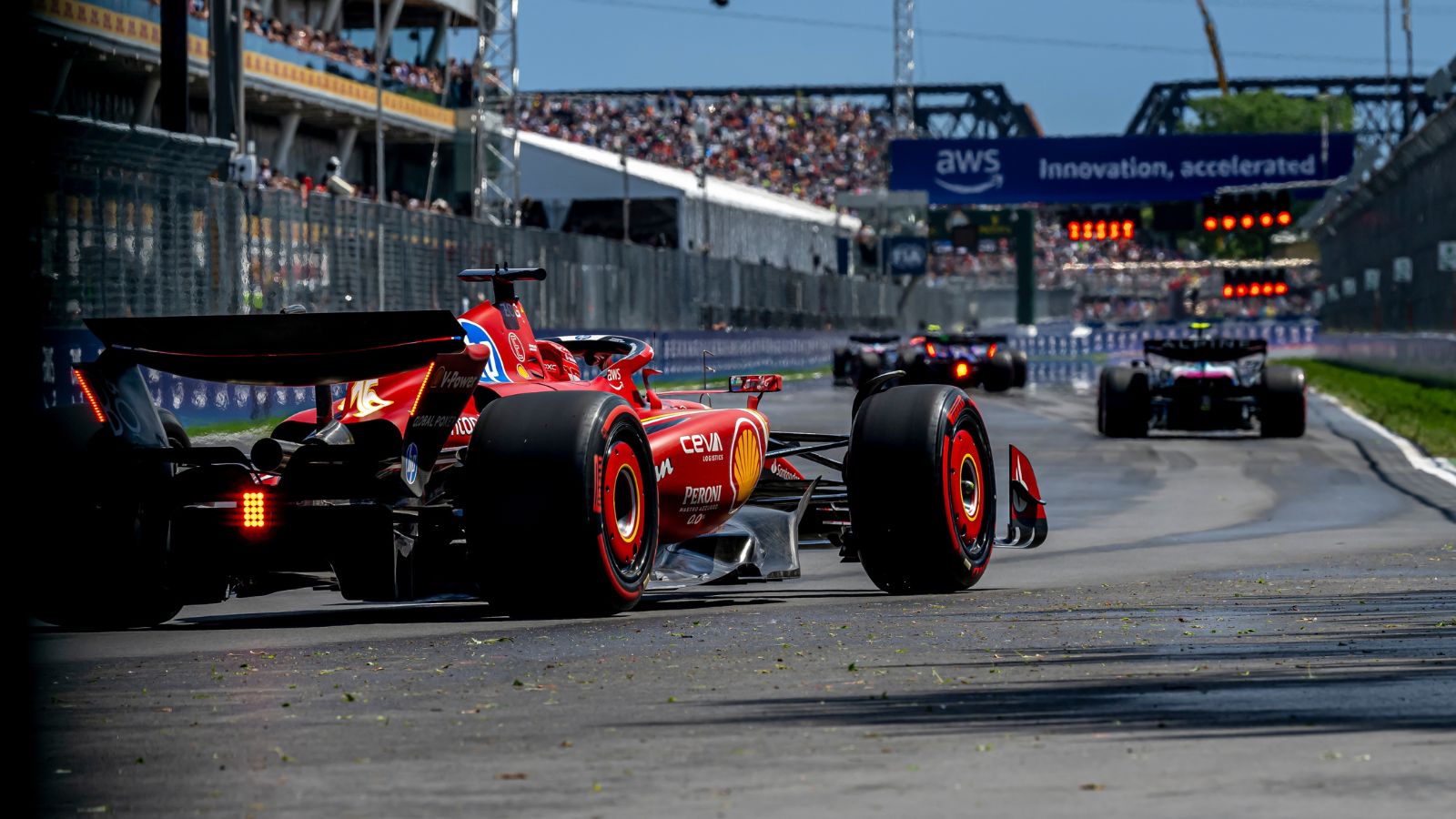
The biggest tragedy in motorsport racing occurred during the 1955 Le Mans 24 Hours race. During the latter stages of the race, Pierre Levegh, on his Mercedes, hit Lance Macklin’s Austin-Healey at over 150 mph, which resulted in Levegh’s aircraft soaring over the track sideways. It crashed into the stands and track’s spectators, causing the deaths of 84 people and injuring more than 180 others. Levegh was hurt and instantly died as well, making Mercedes-Benz decide to stay out of motorsport activities for the next thirty years. The tragedy changed the landscape of the sport and ushered in the evolution of better safety barriers on tracks.
Dale Earnhardt’s tragic crash
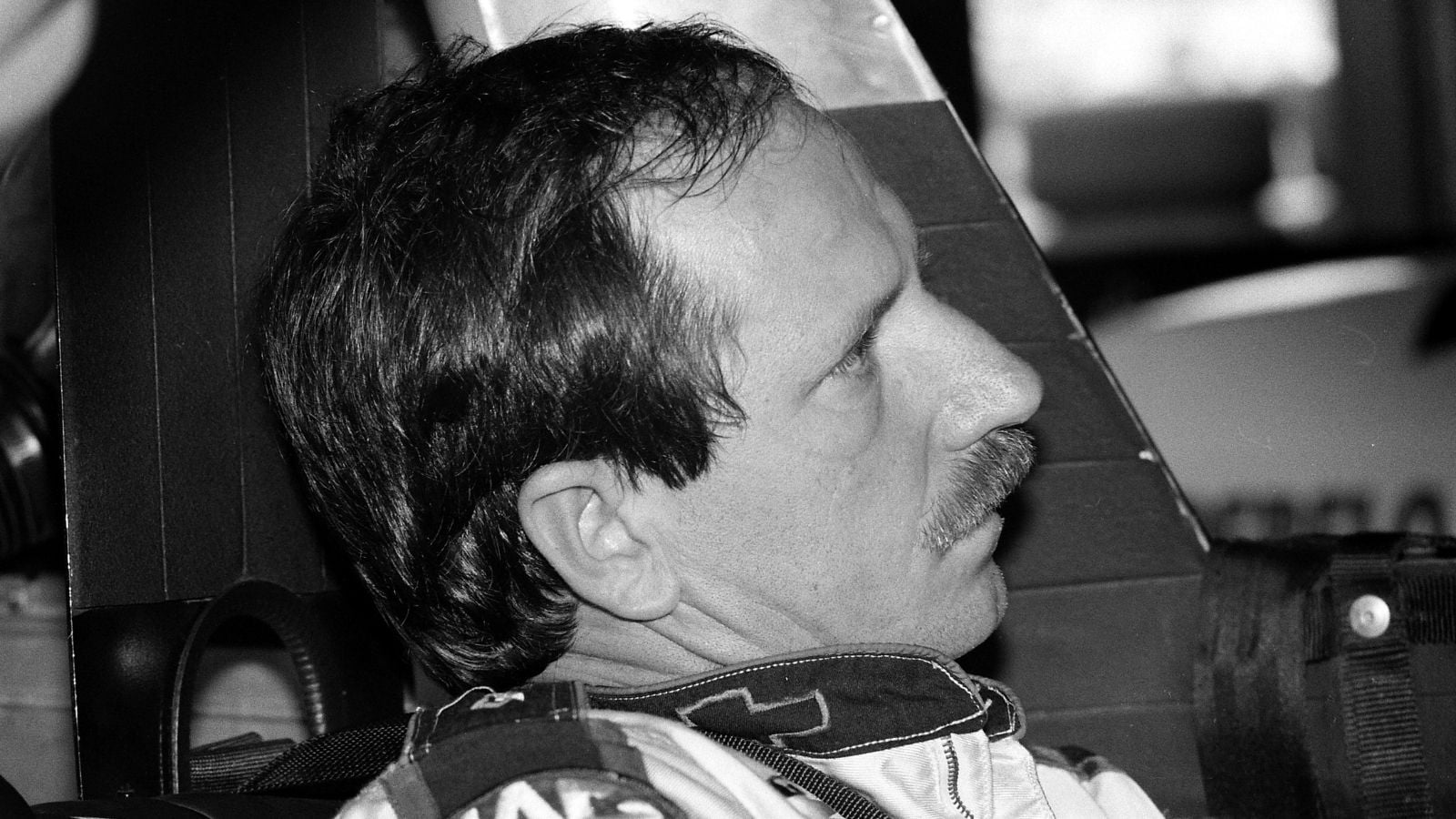
Dale Earnhardt met a tragic fate that ended his career in the last lap of the 2001 Daytona 500. In an unfortunate turn of events, Earnhardt’s vehicle collided with Ken Schrader’s, smashing into the wall at 160 mph. Most NASCAR drivers at this time did not wear head and neck restraints, making them vulnerable to such a tragedy. Belmont was in deep shock, the same as the audience, and consequently, safety measures were upgraded with the introduction of the HANS device and SAFER barriers around tracks.
Jules Bianchi’s Unfortunate Accident
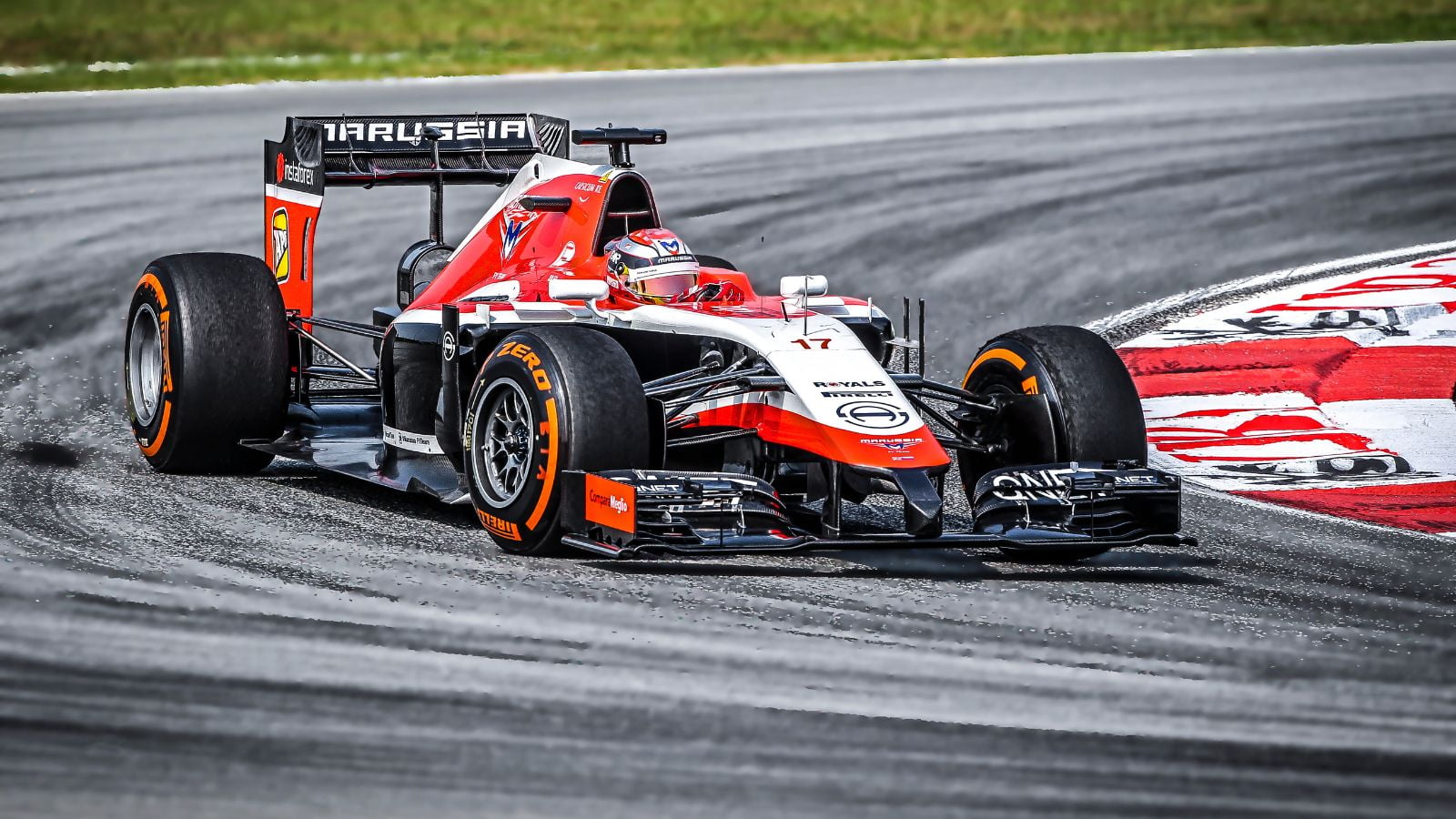
On a rainy day at the Japanese Grand Prix at Suzuka in 2014, Jules Bianchi lost control of his Marussia car and collided with a recovery vehicle. The recovery vehicle was on track, removing Adrian Sutil’s car, which had crashed earlier in the race. The Injuries to Bianchi were extensive, and eventually, after remaining in a coma for nine months, he passed away in the year 2015. This was the first death of a Formula 1 driver since 1994 when Ayrton Senna met with a fatal crash. Following this, the concept of the Virtual Safety Car was introduced to help control the speed of the cars in times of danger.
Mark Webber’s Surprising Flip
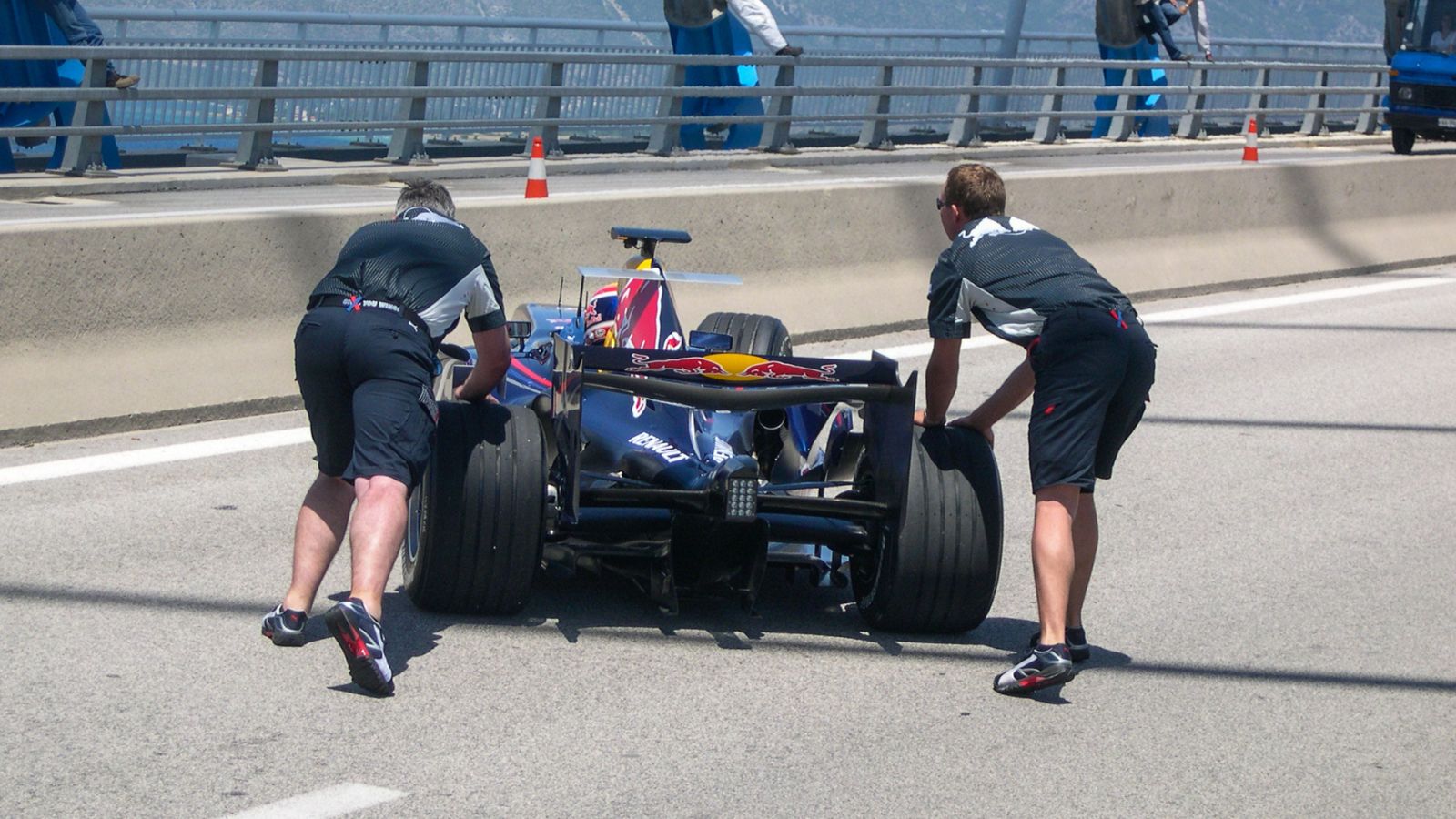
At the 2010 European Grand Prix in Valencia, Webber’s car took off in the air and tragically collided with Heikki Kovalainen’s Lotus in a dramatic turn of events. Webber’s car flipped upside down and collided against the crash barriers at high impact speeds, but like a true legend, he walked out unharmed. The aftermath of this event highlighted the role of aerodynamics and car-to-car collisions. Despite the crash, Webber remained unharmed due to the advanced safety measures of cockpit and crash protection.
Fernando Alonso’s Dangerous Collision
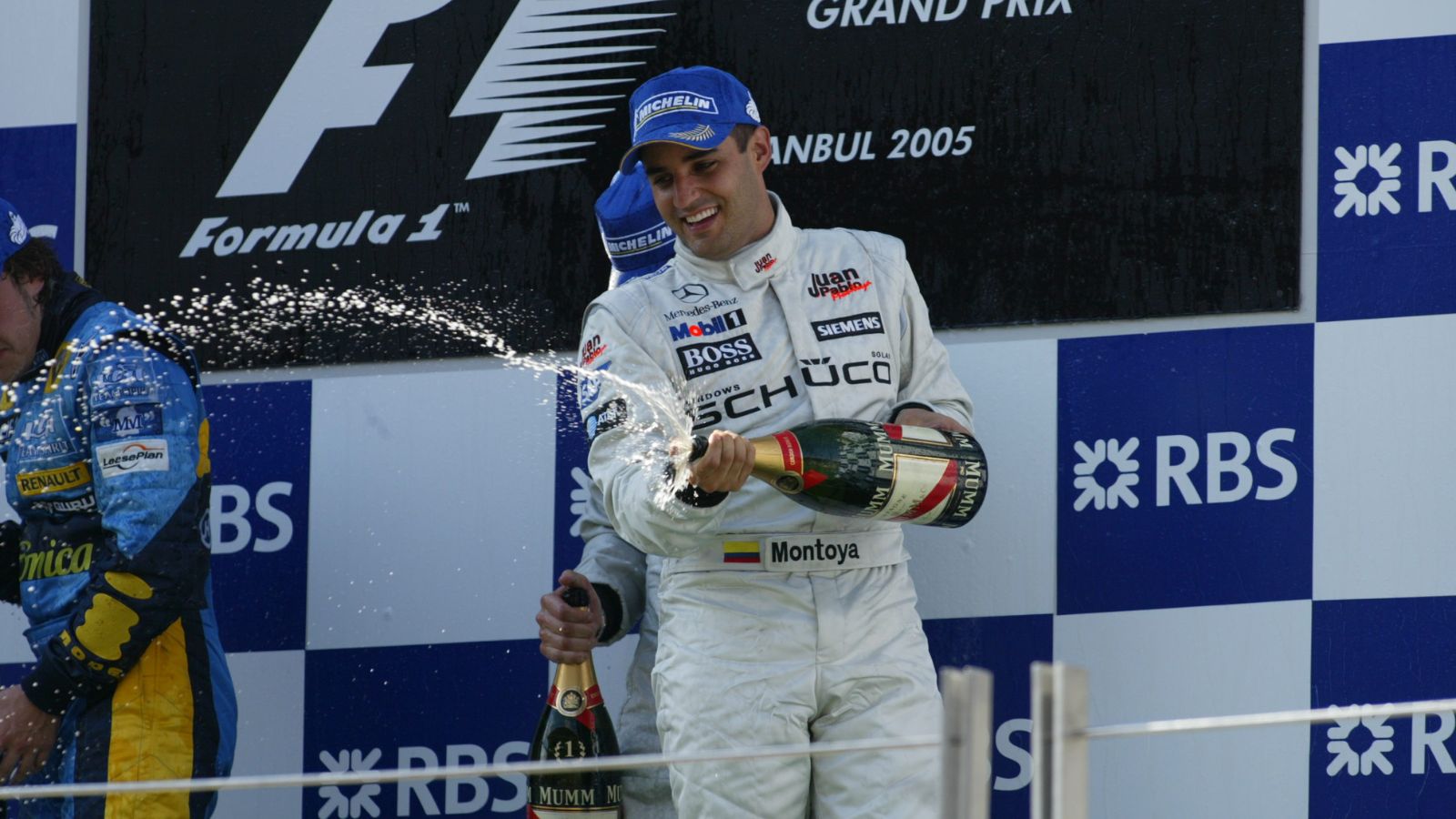
The 2016 Australian Grand Prix witnessed one of the most shocking moments in the history of motorsport racing – the crash involving Fernando Alonso. It was a dangerous collision where Alonso’s McLaren was hit at high speed by Esteban Gutiérrez’s Haas, flipping into the barrier. The car was a total wreck, but fortunately, Alonso got out in one piece. It underscored the advancements in safety standards, particularly the survival cell and energy-absorbing structures. This is considered one of the best escapes in the sport, impressing people how Alonso walked out without any injuries.
14 Supercars Under $100K That Deliver Breathtaking Speed and Style
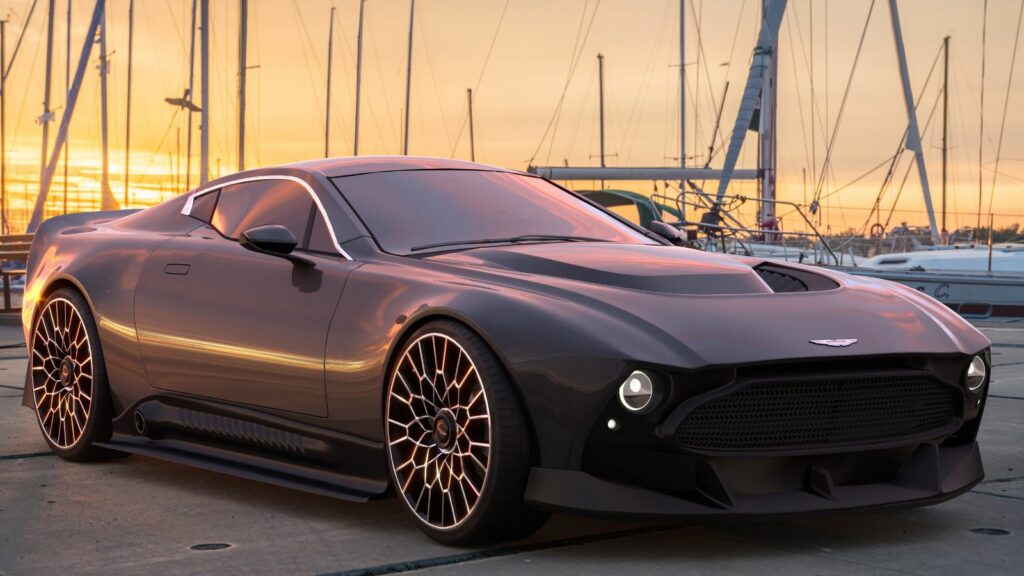
When you think of supercars, names like Ferrari, Lamborghini, and McLaren often come to mind, along with their staggering price tags. However, high-performance vehicles aren’t exclusively reserved for the super-rich. There exists a sweet spot where speed, style, and (relatively) sensible pricing converge, offering thrilling rides without completely obliterating your bank account. Hop in as we explore 14 underrated supercars under $100K.
14 Supercars Under $100K That Deliver Breathtaking Speed and Style
